May 30, 2025 | 19:26 GMT +7
May 30, 2025 | 19:26 GMT +7
Hotline: 0913.378.918
May 30, 2025 | 19:26 GMT +7
Hotline: 0913.378.918
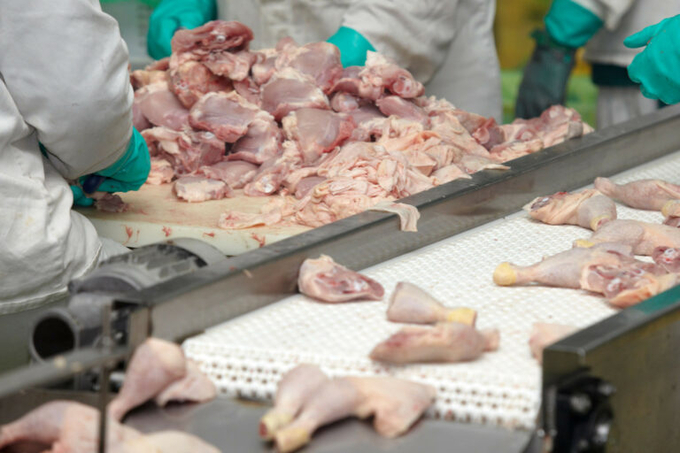
Russian poultry exports are driven by Asia and the Middle East. Photo: Canva.
It remains to be seen whether the dynamics could be maintained in the coming years, given that the industry is plagued by multiple challenges.
In total, Russian poultry and meat exports jumped by 16% to 570,000 tonnes. Against this background, sales to foreign customers are expected to hit 800,000 tonnes by the end of the year, the highest figure in the recent decade, a study by the Russian leading agricultural bank Rosselhozbank revealed.
Focus on the east
Russian poultry exports are driven by Asia and the Middle East. Rosselhozbank calculated that export deliveries to Saudi Arabia this year jumped by 11,000 tonnes and China by 8,000 tonnes.
Russia has entered the list of the top-3 largest poultry exporters to China and Saudi Arabia, as reported by Sergey Lakhtyukhov, executive director of the Russian Union of Poultry Farmers. For instance, he estimated that Russia accounted for 14% of poultry imports in China in 2024.
There are prospects for further trade growth between Russia and other emerging economies. During the BRICS summit in Kazan, the bloc members agreed to intensify trade in agricultural products and even backed the idea of establishing an inter-organisation grain exchange, which could be expanded to trade other agricultural products.
The global market is more saturated
However, Sergey Yushin, executive director of the National Meat Association, told local business newspaper Kommersant that Russia should prepare for an export slowdown in the coming 3 years.
“The world is increasingly leaning toward achieving food independence, so many countries are already trying to limit food imports for the sake of developing their own agricultural and food industries, even if such products are more expensive than imported,” Yushin said.
Expensive loans put a strain on production growth
Besides, developing exports requires a corresponding rise in production capacities. Yushin warned that the spike in the cost of borrowed funds in Russia has forced quite a few companies to reconsider their investment plans. In this context, he admitted, a substantial rise in production should not be expected.
Commercial loan costs have become nearly unaffordable in Russia after the Central Bank jacked up the key interest rate to 21% – an all-time high – on 27 October.
“The dynamics of Russian supplies may also be negatively affected by a possible reduction in export support and logistics subsidies due to an acute [Russian federal] budget deficit. At the same time, exports are the main incentive for the meat industry for new projects since domestic demand for this product is almost completely met,” Yushin admitted.
(Poultryworld)
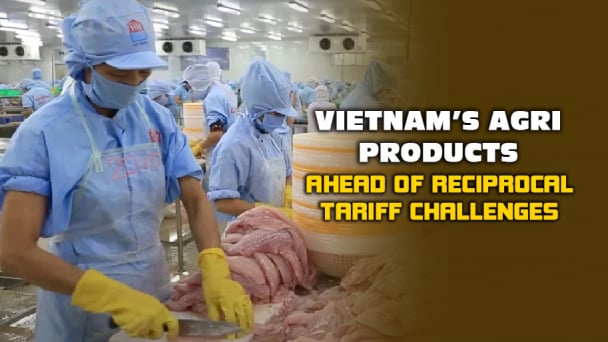
(VAN) Reciprocal tariffs are exerting pressure on U.S. exports, prompting Vietnamese firms to shift their focus to Muslim markets, Thailand, and Brazil.
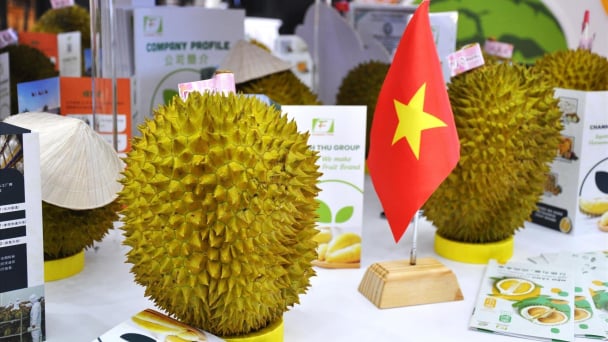
(VAN) A free booth for two years at Xinfadi, Beijing's largest wholesale market, will be allocated to Vietnam's agricultural products.
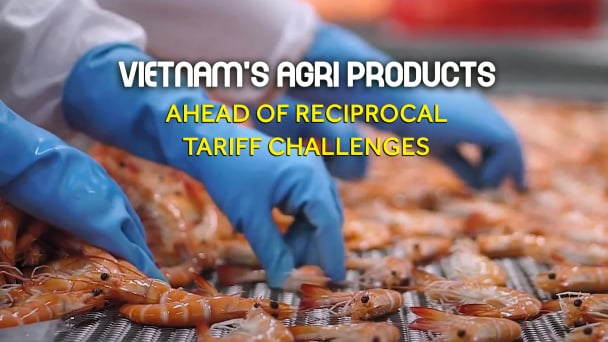
(VAN) Vietnamese shrimp exporters are actively looking for alternative markets and accelerating shipments to the United States in response to the pressure of impending reciprocal tariffs. This is occurring during a temporary tariff suspension.
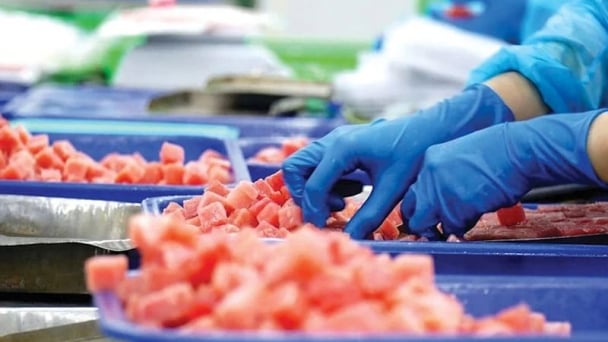
(VAN) The import-export turnover between Vietnam and Singapore rose amid a trade rebound, with machinery, electrical equipment, and fuels making up the majority of the transaction value.
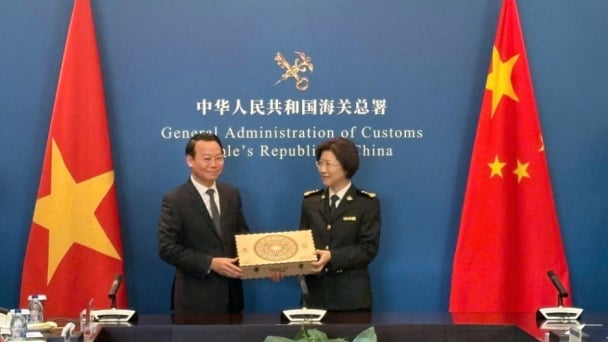
(VAN) Director General of the General Administration of Customs of China, Ms. Sun Mai Jun, has pledged to implement measures that will ease the import process for Vietnamese agricultural products.
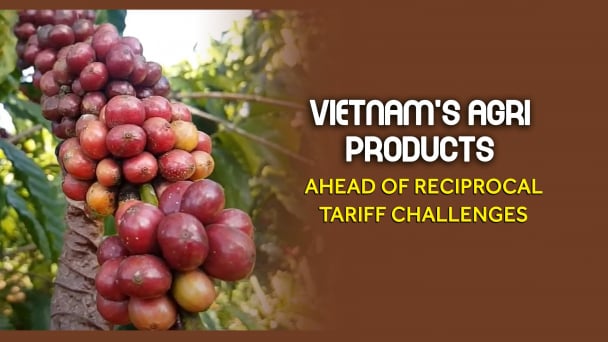
(VAN) Although Vietnam is still increasing its coffee exports, the industry is currently in the process of determining market strategies in response to the U.S. imposition of reciprocal tariffs.

(VAN) With rising demand in Muslim-majority countries, Halal certification is becoming a critical passport for Vietnamese agricultural products seeking sustainable market access and consumer trust in the Middle East and Africa.